Content

In accounting, accrued salaries are the amount that the company owes to its employees for the services they have performed during the period but not have been paid for yet. Likewise, as the expense has already incurred, the company needs to properly make journal entry for accrued salaries at the end of the period. An adjusting journal entry is usually made at the end of an accounting period to recognize an income or expense in the period that it is incurred. It is a result of accrual accounting and follows the matching and revenue recognition principles. The company had already accumulated $4,000 in Wages Expense during June — $1,000 for each of four weeks.
The total stockholders’ equity amount on the balance sheet would be too high because a net income amount that was too high would have been closed out to Retained Earnings. An expense is a cost of doing business, and it cost $4,000 in wages this month to run the business. E3 A partial adjusted trial balance of Rooney Sports at January 31, 2020, shows the following. Working capital management is a strategy that requires monitoring a company’s current assets and liabilities to ensure its efficient operation. Current liabilities are a company’s debts or obligations that are due to be paid to creditors within one year. Many small business owners may need a loan to establish cash flow for their working capital and to cover expenses and salaries.
Compute the Accrued Salary Expense per Day
Working capital, or net working capital , is a measure of a company’s liquidity, operational efficiency, and short-term financial health. Charlene Rhinehart is an expert in accounting, banking, investing, real estate, and personal finance. She is a CPA, CFE, Chair of the Illinois CPA Society Individual Tax Committee, and was recognized as one of Practice Ignition’s Top 50 women in accounting.
Where income accrued is recorded?
Accrued income is listed in the asset section of the balance sheet because it represents a future benefit to the company in the form of a future cash payout.
The same adjusting entry above will be made at the end of the month for 12 months to bring the Taxes Payable amount up by $500 each month. Here is an example of the Taxes Payable account balance at the end of December. Instead of the adjusting entries shown in the text at October 31, assume the following adjustment data.
What is an Adjusting Journal Entry?
The credit to FICA Taxes Payable is equal to the amount withheld from the employees’ paychecks. The company can credit both its own and the employees’ FICA taxes to the same liability account since both are payable at the same time to the same agency. When these liabilities are paid, the employer debits each of the liability accounts and credits Cash. Before the adjusting entry, Accounts Receivable had a debit balance of $1,000 and Fees Earned had a credit balance of $3,600. These balances were the result of other transactions during the month. When the accrued revenue from the additional unfinished job is added, Accounts Receivable has a debit balance of $3,500 and Fees Earned had a credit balance of $5,100 on 6/30. These final amounts are what appears on the financial statements.
- Companies must record office salaries in the period when employees earn the salary.
- The week’s worth of unpaid salaries and wages is actually a liability that you will have to pay in the future even though you haven’t yet spent the cash.
- An accrued expense is the expense that has been incurred before the cash payment has been made.
- Wage expenses can incur overtime whereas salaried jobs do not include overtime pay.
The total liabilities amount on the balance sheet would have been too low because Wages Payable, one liability, was too low. The Wages Expense amount on the income statement would have been too low ($4,000 instead of $4,400). 2.Net income on the income statement would have been too high unpaid salaries journal entry (An additional $400 of Wages Expense should have been deducted from revenues but was not). Accrued Revenues are when a revenue has been earned but it has not been recorded in our books. This is common at the end of the year when we are doing work but have not recorded the revenue yet.
Adjusting Journal Entries and Accrual Accounting
Since the liability gets settled within a few days, it will fall under current liabilities on the balance sheet. The related salaries expense will get reported on the income statement. Businesses need working capital to cover day-to-day operational costs such as equipment and salaries. The amount of working capital a business has is the result of several things including inventory management, debt management, revenue collection, and payments to vendors. Many small business owners may need a loan to establish cash flow for their working capital.
- Nonetheless, the second journal entry for salary payable will be as follows.
- The extent of a company’s working capital is the result of inventory management, debt management, revenue collection, and payments to vendors.
- For the above transaction, we would have to record a Journal Entry on Dec 31st for the Salaries that have accrued from Dec 26,20X7 to Dec 31st, 20X7.
- When you sell inventory, you have a seemingly infinite number of processes and methods you could use to account for it.
- This would also apply to interest earned on notes receivable even if the interest is not due until the next year.
Let’s assume that all days between 26th and 31st have been working days. Salaries are paid to on the 26th of every month and the last Salaries paid were on Dec 26, 20X7. There is a Salaries Expense Debit entry because, during the ACTUAL disbursal of Salaries, there may be a certain amount of Salary that has accrued but has NOT been reflected in the Salaries Payable. Correspondingly, Salaries Payable are a Liability and is credited on the books of the company.
Entities must calculate the salary expense for every employee separately. After that, they must aggregate those amounts to reach salary payable. E3 The ledger of Yoon Lumber Supply on July 31, 2020, includes the selected accounts https://simple-accounting.org/ below before adjusting entries have been prepared. Unpaid salaries typically arise as a result of the timing between closing the company’s books and when the actual payroll payment to its workers goes out of the cash account.

